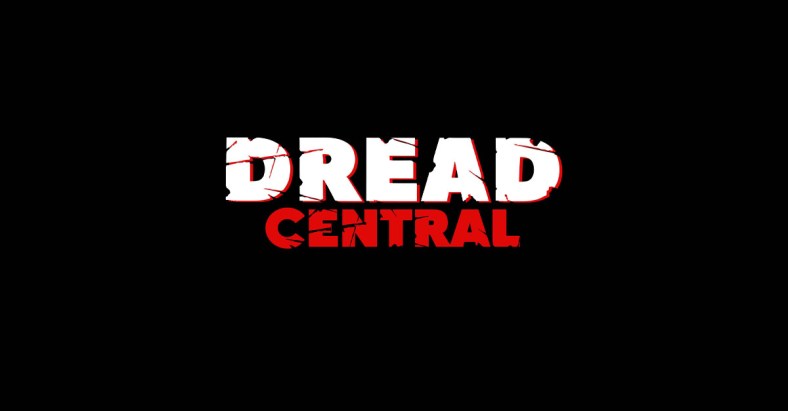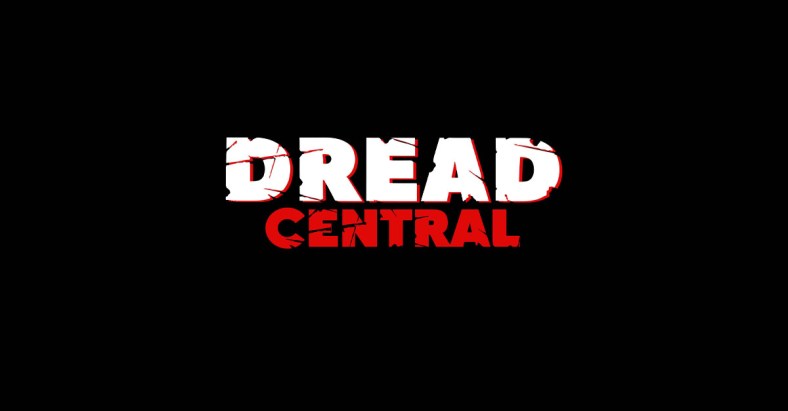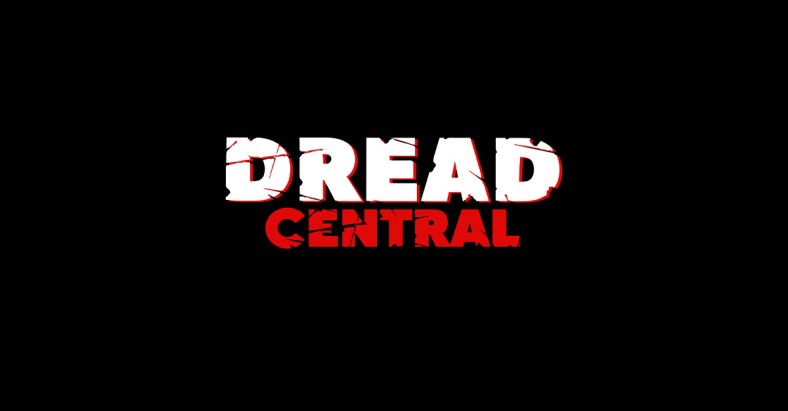A Retrospective of Mario Bava’s Black Sabbath

As Halloween draws near I decided to take a look back at one of my favorite horror movies of the 1960s. Black Sabbath, directed by Mario Bava, is a three-part horror anthology hosted by (and starring) horror icon Boris Karloff. The film and Bava himself are often referred to as influences for famous Hollywood directors, most notably Quentin Tarantino, Francis Ford Coppola, and Tim Burton. Black Sabbath not only played as a major influence in the modern film industry, but also solidified Bava as a master of the horror genre.
What makes Bava so unique is his versatility. It’s incredible that Bava went on to be known for his film’s vibrant colors when his black and white cinematography was already masterful. Black Sunday, his debut feature, is a fascinating display of gothic horror, drawing inspiration from horror films of the 30s and 40s. He also delved into violent thrillers like his Hitchcock-esque Evil Eye. Conversely, A Bay of Blood is an example of modern horror, so progressive that it gave way to the creation of the entire slasher sub-genre.
Because it’s an anthology, Black Sabbath allows Bava to display the versatility that makes him such an interesting filmmaker. The film begins with Boris Karloff giving us a rundown of what we’re about to see. Horror fans love when a movie pays respect to the genre’s past and this is no different. It’s an utter joy to see Karloff having the time of his life as the host of the show. Karloff has often times stated that the making of Black Sabbath was the most fun he’s ever had on a film set and it absolutely shows.

Karloff’s lead-in takes us to our first story, The Telephone. The Telephone is Bava showing off his modern-horror-muscles. The premise is simple and has been recreated perhaps more than any other premise in horror. A woman, at home by herself, gets a mysterious phone call from an unknown caller. The caller threatens her life as the woman struggles to find out what is happening. This scene will feel all too familiar for most horror fans. It’s been duplicated so many times for the simple fact that it works. Horror classics like Black Christmas, When a Stranger Calls, and Scream have all been influenced by The Telephone. Now a commonplace horror trope, this premise was undoubtedly unique for its time. Even though it is now familiar territory, Bava’s pacing and some interesting twists make this story a worthy addition to the horror anthology.

Our second story, The Wurdalak, is Bava going back to his gothic horror roots. The Wurdalak is about a father, played by Boris Karloff, who returns to his family after setting off to kill a wurdalak; a type of vampire who feeds off of those they once loved the most. The father warns his family that if his return takes longer than five days he himself will be transformed into a wurdalak. Of course, the father returns exactly five days later and we watch his family mentally torn apart, unable to tell (or perhaps accept) that their beloved father is now a blood-thirsty monster. This story possesses incredibly detailed gothic cinematography. Its haunting atmosphere along with our emotional attachment to the family makes it extremely effective.

While The Telephone was a showcase in modern horror style and The Wurdalak a showcase in the gothic style of horror, The Drop of Water is a perfect blending of the two. Taking place in London in the 1910s, a nurse is called to prepare the corpse of a recently deceased medium for her burial. The medium’s corpse is truly terrifying and sticks with you long after you’ve watched the film. Bava’s crash-zooms of her decrepit face are far more startling than any jump scare. The medium lives in a home that would fit nicely in Bava’s gothic film landscape, however the story can be inserted into any era of horror. While prepping the medium for her burial, the nurse notices a sapphire ring on the finger of the deceased. Infatuated by its beauty, she takes the ring for herself. The following day she is met by the constant sound of dripping water, a pesky firefly, and finally the corpse of the medium herself. The Drop of Water, the strongest story of the three, plays as a perfect metaphor for guilt, similar to Edgar Allen Poe’s The Tell Tale Heart. At first, we’re not sure if the nurse is really experiencing this horror, or if the guilt is overtaking her mind and driving her to madness. The Drop of Water ends with a great twist, showing that the curse of the medium will continue on because of mankind’s selfish nature.
We’re brought back to our host to close out the film. In one of the most delightful fourth wall breaks in movie history, the camera zooms out and we are shown Karloff riding in place on an electronic horse. Dozens of extras are circling him holding up tree branches, giving the illusion that Karloff is riding his horse through the night sky. A perfectly bizarre way to end the fun-filled horror event.

-
A Retrospective of Mario Bava's Black Sabbath
Categorized:Editorials News

